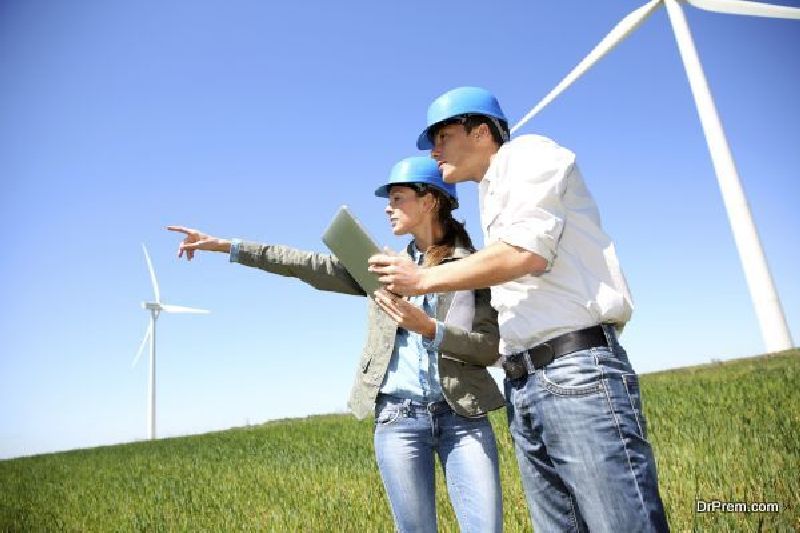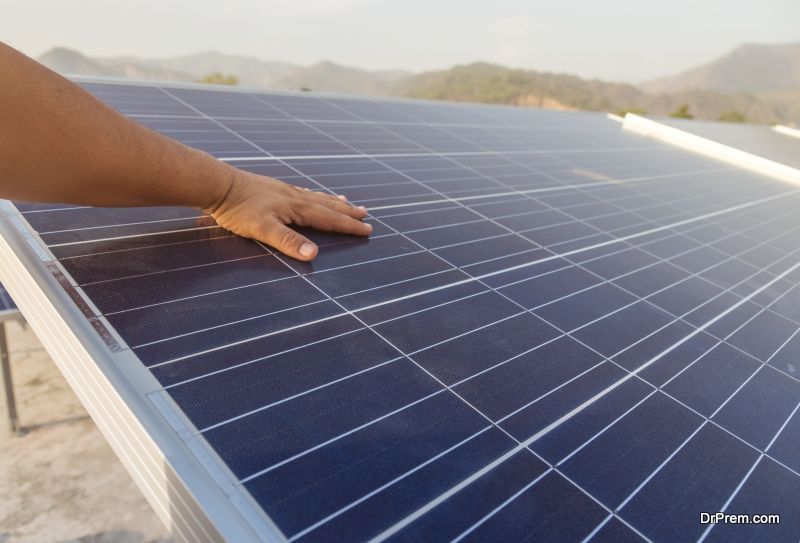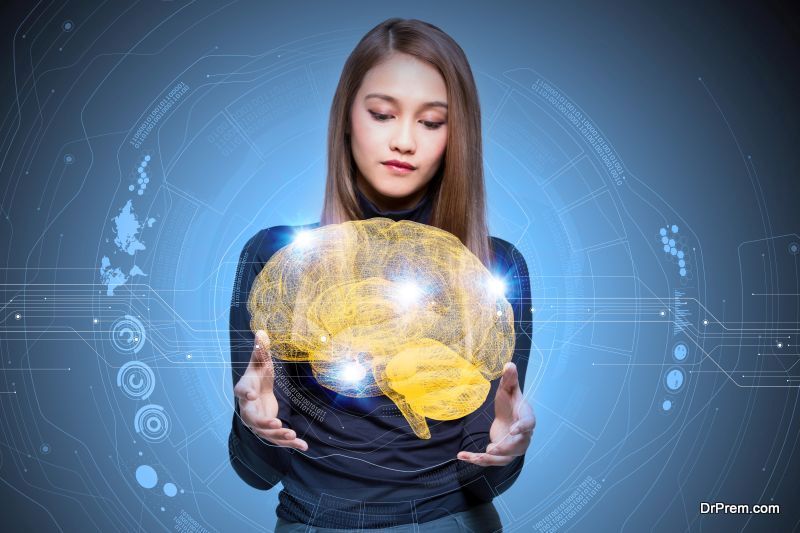The AI concept is that machines learn and act on data on their own, without human intervention or programming. The various facets of AI are deep learning, machine learning, and neural networks. Basically, AI is supposed to mimic human intelligence and work out ways to get better results using a set of data. This feature has enabled AI to play a key role in many industries including solar and wind energy industry. Here are some ways in which AI is expected to transform the solar and wind energy industry:
AI’s role in wind energy forecasting

One of the main challenges faced by the renewable energy sector is the unreliable character of natural energy sources. Solar and wind energy is dependent on the weather which affects their strength. The company Xcel in Colorado is a firm, which produces wind power. The company is using AI to interpret data from the National Center for Atmosphere Research. AI was able to predict the weather to a much greater level of detail and accuracy.
This allowed the company to take better measures to preserve and harness the wind energy which was generated. AI mines information from weather stations and localized satellite reports and wind farms in the area. The accuracy of prediction using AI has made the generation of wind power much more efficient, and the company is even planning to expand its farms by 50%.
Increased yield
AI can help in optimising wind generation, thus leading to increased wind energy yield. The power curve is improved and the operation of wind turbines is also enhanced to suit the weather and AI helps to do this. A complex approach allows AI system to independently vary the turbine settings, learn the resulting effect, store the data and use it to increase energy yield in the future.
Better maintenance and operations
With the help of AI, wind farms can be much better managed and operations too could be better, to the extent of reducing the farm’s running costs, increasing output etc. As maintenance and operations are two major factors determining the success of any farm, AI can help with fault detection and predictive maintenance which will result in lower O&M costs.
An AI model is trained during normal operations to predict measurements, and if it doesn’t match the required norms, the red flag is raised which leads to timely repairs before catastrophic failure of the system. Wear and tear can also be detected which would allow faulty parts to be replaced in time.
Getting connected

More and more tech companies are getting ready to offer data analysis as well as machine learning service to wind and solar energy farms. Wind farms which are able to leverage existing big data from wind turbines and detailed operating experience in different conditions and locations will be able to have a stable and increased energy yield.
The other advantage that wind farms have derived by using AI is being connected to a global network of turbines, leading to a trend for elaborate and long O&M agreements with the manufacturers of the equipment. This has led to a reduced perceived risk in providing finance to wind energy projects, which means more wind farms can be set up, thus leading to more production of green and clean energy.
AI and solar energy industry

AI’s use in weather forecasting helps not only the wind energy industry but also the solar energy industry. AI has the ability to analyze huge volumes of real-time and historical data, IoT devices and weather stations help to predict weather and recognize patterns, which impact solar production. The data can help solar power producers to adjust production accordingly.
AI stabilizes frequency regulation

In Northern America, for example, electric power is produced at the frequency of 60 Hz AC. With renewable energy being introduced into the grid, maintaining the grid frequency is tough, as renewable energy such as solar and wind are intermittent power sources.
Gas and coal turbines are used to stabilize the frequency, but they are quite slow to respond. Battery storage is a fast responding option, which AI could operate, by first learning the demand and supply of power distribution, as well as the information patterns from smart energy meters, to predict when additional power resources are required and also for what duration. This will significantly reduce outages and improve the function of the grid.
AI is thus set to automate operations in the future in solar and wind industries and boost their efficiency and increase yields, thus increasing much required green energy.


